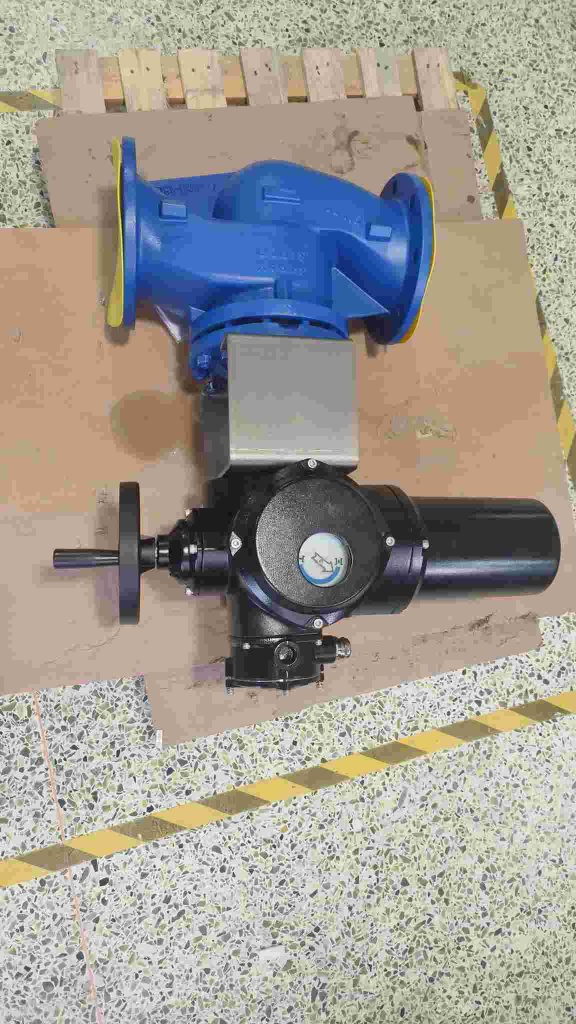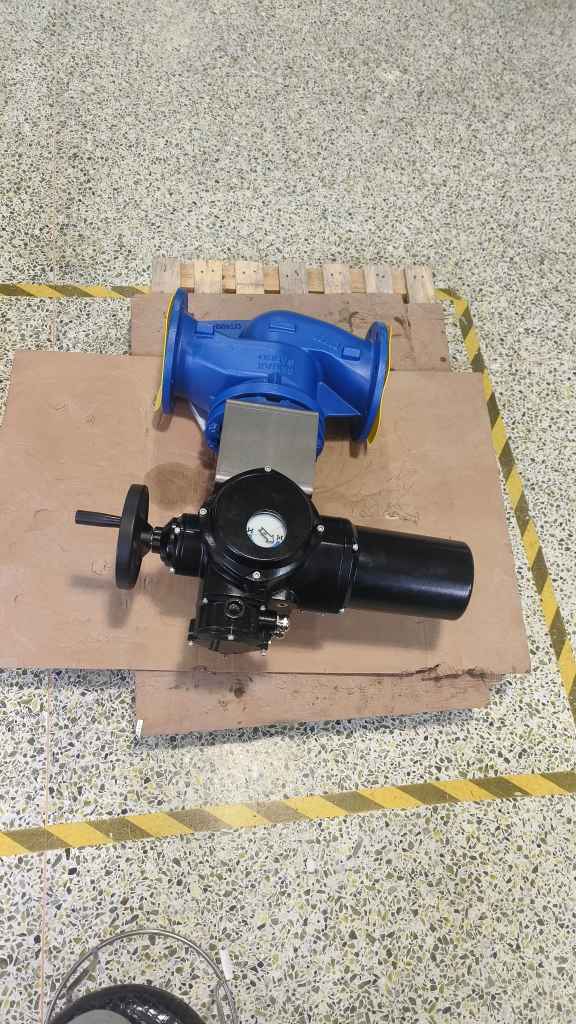In recent years, the growing interest in hydrogen energy as a clean and sustainable power source has spurred significant advancements in the technology required to store, transport, and utilize hydrogen efficiently. One key component that plays a crucial role in ensuring the safe and efficient operation of hydrogen energy systems is the hydrogen energy electric shut-off valve. This article will explore the importance, design, and functionality of electric shut-off valves in hydrogen energy systems, highlighting their contribution to safety and system efficiency.

What is a Hydrogen Energy Electric Shut-Off Valve?

A hydrogen energy electric shut-off valve is an automated valve designed to control the flow of hydrogen gas within a system. It is typically employed in hydrogen storage, distribution, and utilization systems, such as hydrogen refueling stations, fuel cells, and industrial applications. The primary function of this valve is to quickly and safely shut off the hydrogen flow in the event of a system fault, pressure fluctuation, or emergency situation, thereby preventing the potential for leaks, explosions, or system damage. Unlike traditional mechanical shut-off valves, which require manual operation, electric shut-off valves are controlled electronically, offering greater precision and faster response times. These valves are typically integrated with sensors and controllers that monitor parameters such as pressure, temperature, and gas flow, ensuring that the valve operates in sync with the overall system’s safety protocols.
